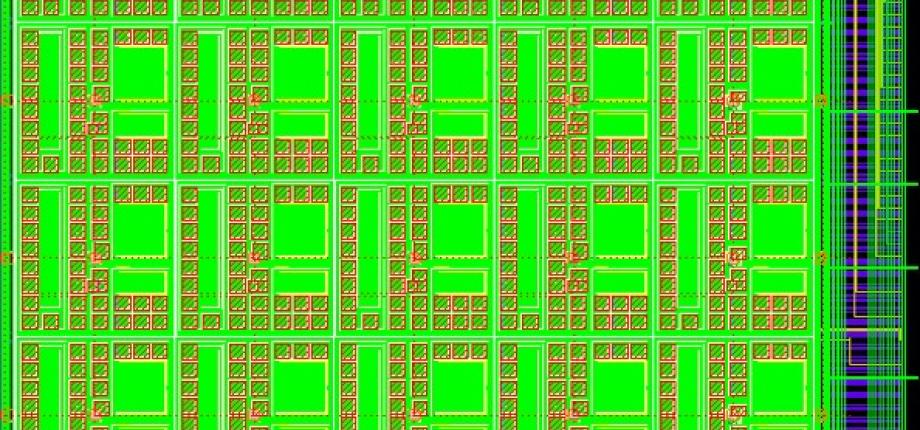ALTIROC

OMEGA is responsible for the design and characterization of the ALTIROC readout ASIC, which is a crucial element for the performance of the new High Granular Timing Detector (HGTD) of ATLAS experiment.
The ALTIROC readout circuit designed in 130 nm CMOS must provide the measurement of the particles arrival time with a resolution better than 30 ps per trace as well as a measurement of the instantaneous luminosity every 25 ns (number of hits detected per pixel and per bunch-crossing). The data are transmitted to the acquisition system at a rate ranging from 320 Mb/s to 1.28 Gb/s.
The circuit must tolerate very high radiation levels (200 Mrads) and dissipate less than 4.5 mW per channel. Before designing the first complete chip ALTIROC2 with 225 channels and all the digital part, smaller prototypes (ALTIROC0 and ALTIROC1) that integrate only the analog and mixed parts have been designed and tested at system level in order to validate the front end part that is crucial to reach the required performance.
ALTIROC1 circuit was designed by OMEGA in collaboration with the SLAC laboratory in Stanford and ALTIROC2 circuit was designed in collaboration with CERN in Geneva, IFAE laboratory in Barcelona, LPC laboratory in Clermont-Ferrand, SLAC in Stanford and SMU in Dallas.
The 225 channels of ALTIROC2 are organized as a matrix, with 15 columns of 15 pixels. Each pixel contains a High Frequency (1 GHz) pre-amplifier followed by a comparator and two TDC (Time to Digital Converter): a 7-bit TDC for the measurement of the time of arrival of the particles (TOA = Time Of Arrival) and an 8-bit TDC for the measurement of the width of the signal delivered by the comparator which gives an indirect measure of the detected charge (TOT= Time-Over-Threshold). These digital data are then stored in a circular memory (SRAM type). A "zero-suppression" logic is integrated in each pixel in order to keep only the data corresponding to a real physics event.
The jitter measured on testbench with Altiroc2 is 25 ps, for a 10 fC input charge and a 4 pF detector capacitor.


